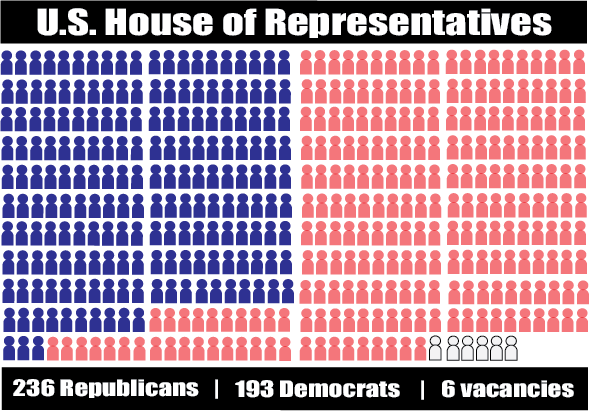Wave election possible for 2018
According to Ballotpedia, a nonpartisan nonprofit that tracks election data, the November 2018 midterm election could be a “wave” election.
What is a “wave” election?
A wave election is an election in which one party makes significant gains in the U.S. Senate or in the U.S. House.
A wave may be brought on by a number of changing factors the popularity of the president, the number of open seats and the success or failure of major policies.
According to the polling aggregation website, FiveThirtyEight.com, an example of a wave election occurred in the 2010 midterm elections, when the Republicans picked up 63 House seats.

U.S. Senate 2018 primary election results
Democratic Primary: Incumbent Robert P. Casey Jr. (D), ran unopposed for the Democratic Party.
Republican Primary: Lou Barletta (R) won against Jim Christiana, (R).
 Pennsylvania 2018 gubernatorial primary election results
Pennsylvania 2018 gubernatorial primary election results
Incumbent Tom Wolf (D) ran unopposed, while Scott Wagner (R) won the Republican primary beating Paul Mango (R) and LauraEllsworth (R).
What could make the 2018 election a wave? (In terms of controlling the House?)
Currently the Republicans are in control of the House.
According to the U.S. House of Representatives member data, there are currently 193 Democrats, 236 Republicans and six vacant seats which make up the 115th Congress.
For the Democratic party to regain control of the House, it needs to win at least 23 additional seats, filling the 218 seats.
The 2018 general elections
On Nov. 6, 2018, the 2018 general election will take place.
In the state of Pennsylvania, the general election include votes for federal, state and local officials eligible for the position.
The last day to register to vote is Oct. 9, 2018.
The last day to request an absentee ballot is Oct. 30, 2018.
















































